Invisalign orthodontic treatment transforms crooked teeth and bad bites into amazing new smiles. While the clear aligners do an incredible job on their own, sometimes they need a little help with misshapen teeth. That’s when interproximal reduction for Invisalign helps out!
Interproximal Reduction is called IPR or Invisalign IPR since it is often used during clear aligner treatment to smooth rough tooth surfaces on your tooth enamel. We use this technique with Invisalign patients to better align teeth. IPR is quick and painless and produces fantastic results. How does IPR help? We’re happy to explain.
Interproximal Reduction involves smoothing out the enamel of a misshapen tooth. This is a common technique used with Invisalign patients. The clear aligners move your teeth into their proper positions side by side.
Some teeth may have bumps along the sides of their teeth, or they may be misshapen from years of tooth wear. If we align your teeth as they are, you will have gaps in your teeth, and the teeth will not be straight.
To fix this, we use special tools to smooth out the rough spots of your enamel and polish them so they shine like the rest of your tooth. This technique, called IPR, helps remove spaces between teeth and makes your smile more aesthetically pleasing.
IPR dental techniques involve two main tools: polishing strips and a handpiece and bur. The handpiece and bur are grinding tools used to smooth out rough spots on the enamel. They only remove a small amount of enamel, so they do not hurt the tooth.
Polishing strips are thin metal strips that slide between the teeth and polish them with back-and-forth movement. They work like fine sandpaper and smooth out any areas roughened by the handpiece and bur. The strip can also smooth out small bumps and rough areas on its own.

Invisalign clear aligners move teeth into their proper positions and remove gaps between them, resulting in a straight, even smile.
Without IPR, your smile might have black areas between your teeth, or your teeth would not line up correctly. Uneven teeth would also be harder to clean, which could make your teeth more susceptible to tooth decay.
In the past, orthodontists extracted teeth to make room for teeth straightening. Today, we do our best not to extract teeth to create space. IPR can provide enough room to fix mild to moderate crowding without leaving a huge gap like an extracted tooth might.
We want your new smile from Zombek Orthodontics to be perfect, so we use techniques like IPR to ensure you get the smile of your dreams!
Interproximal reduction on teeth does not hurt because it does not affect the part of the tooth where the nerves are found. You shouldn’t feel any pain with IPR procedures. You will feel some pressure as the handpiece and bur are used. The polishing strip may feel odd, like running a nail file over your teeth. Neither should cause pain.
Some people wonder if IPR hurts enamel. We remove such a small amount of enamel during the IPR process that it shouldn’t hurt your enamel. Most enamel is about 2.5 millimeters thick. We remove 0.2 mm to 0.3 mm from your teeth during the process.
IPR isn’t necessary for every patient and isn’t used on every tooth. You can schedule an appointment with Zombek Orthodontics in Weston, FL, or Hollywood, FL, to determine if IPR is right for you. We’ll be happy to guide you through treatment with Invisalign and how it can help build the smile you’ve always wanted!

Braces do incredible things for teeth and bites. They have long been known for their ability to straighten crooked teeth and repair nearly every other orthodontic issue. But sometimes, braces need a little help to realign jaws and move the teeth. In those cases, we use a forsus appliance to help.
What are forsus springs, and how do they help your smile? These springs for braces help us realign your smile. They’re one of many tools we use to create the smile of your dreams!
Forsus springs, sometimes called a forsus appliance or braces springs, are coiled springs that connect your upper and lower jaws. The main function of this braces coil is to realign the jaw by bringing the lower jaw forward and pushing the upper jaw back. This fixed appliance accomplishes this by putting pressure on your teeth and jaws to move them.
The forsus appliance is made up of a push rod that telescopes into a spring to push against the lower teeth, moving the jaw forward. Hooks on either end connect it to the braces. One hook slides into a small tube on the side of the back molar band below the archwire. The bottom hook is bent to a near loop, and the lower archwire is threaded through it.

We apply a forsus appliance after several months to a year into your braces treatment. We use the braces spring to repair an overbite. We may use a forsus spring because your jaws aren’t realigning fast enough with just braces.
We may also use a forsus appliance in place of rubber bands. Rubber bands are often used to perform the same task, but their success depends strongly on the patient's compliance. The patient may find it difficult to carry around a package of rubber bands and switch them out with every meal.
The forsus appliance is in your mouth 24/7, so you never have to worry about whether it’s working as you do with rubber bands. On average, patients wear the forsus springs for 3-8 months.
We can apply your braces springs during your regular orthodontic checkup. We will slide the springs into the upper molar bands on your braces, then remove the archwire and slide it through the bottom loop on the springs. We will then replace the archwire, which will help hold the spring in place.
The orthodontic springs shouldn’t make your teeth any more sore than a regular braces adjustment, and that should disappear after a day or two. You can eat soft foods and rinse with warm salt water to reduce discomfort.
Your cheeks may initially be irritated while pressed against the springs, particularly while you sleep. They should get used to the springs after a few days. Let us know if they’re too irritated, and we can offer dry angles. These cotton triangles slide between your teeth and cheek and provide padding to protect your cheek.
You may find it awkward to chew or open your mouth for the first few days. This feeling will disappear once you get used to the springs on your braces. It shouldn’t take too long since you will already be used to having braces.
How do you clean braces with springs? Extra hardware can always present a challenge to clean. There are tools available that can make it easier.
Brushing your teeth with an electric toothbrush can clean your braces springs easier than a manual one because the bristles often spin and/or vibrate. This movement can help get the bristles into the nooks and crannies your manual toothbrush may not reach.
A floss threader can help get dental floss around your device so you can floss your teeth properly. Dental floss is threaded through the large eye of the thin, plastic floss threader. You can then slide the floss threader around the springs and archwire and through your teeth.
In addition, you can use a water flosser to dislodge food particles and plaque from around your forsus appliance. A water flosser, such as a Waterpik, shoots a thin stream of water at high speed, removing food and plaque from between your teeth and around your gum line. It should be used as a supplement to regular dental floss, not as a substitute.
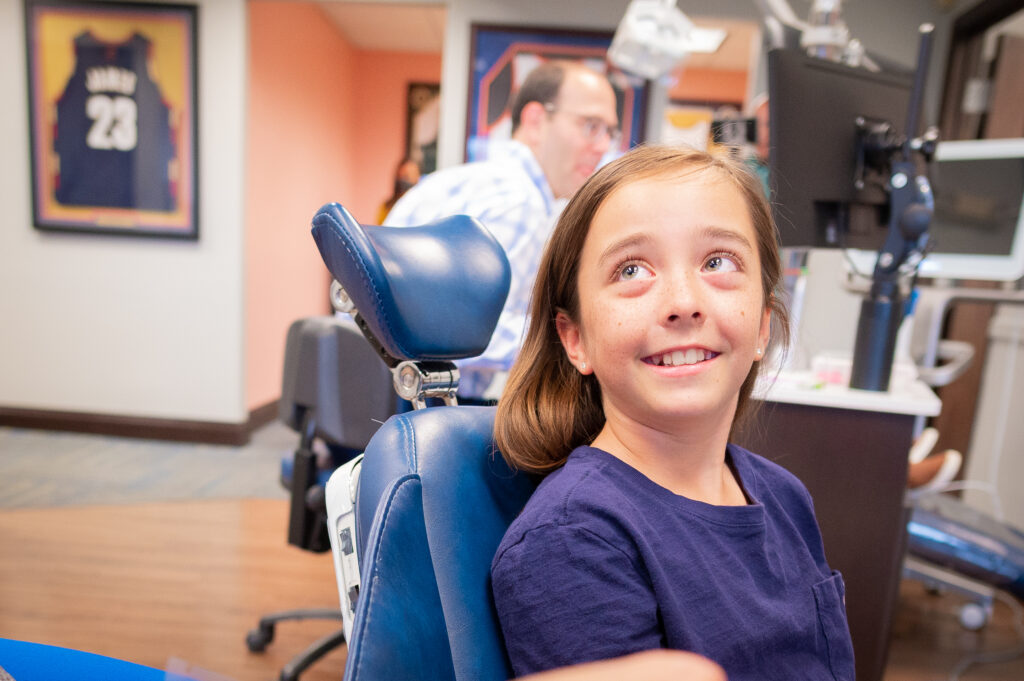
The forsus appliance is strong, so it should hold up well in the few months it’s in your mouth during orthodontic treatment. However, hard, chewy, or sticky foods can damage it. They are the same foods you should avoid with braces, so abiding by those rules will also keep your forsus appliance safe.
Contact us if your braces spring breaks or dislodges from your archwire. We will bring you in for a repair.
What happens if you open your mouth wide and the push rod dislodges from the spring? You may be able to fix it at home.
Open your mouth wide and push the spring down so you can slide the push rod back into the end of the spring. Once the push rod is in place, release the spring. It should hold the push rod properly.
If this doesn’t work, just give us a call. We will bring you in for a repair. We will need to take care of it as soon as possible so your treatment isn’t delayed.
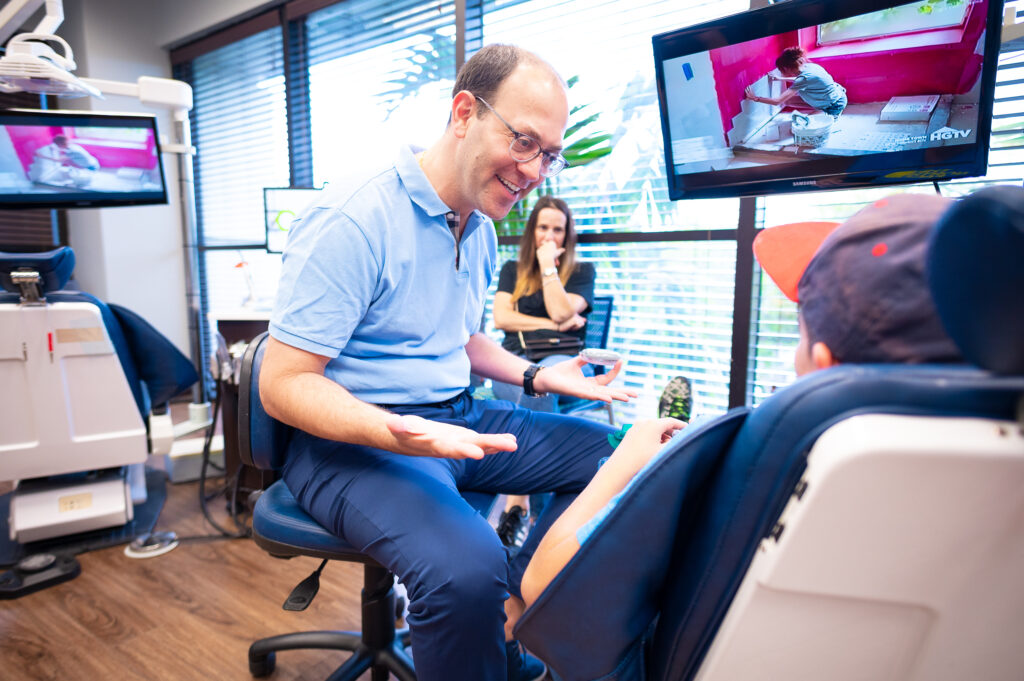
Not every patient will get a Forsus appliance. We will determine whether you will need one as part of your treatment plan. Your plan for orthodontic care is part of your first consultation and evaluation. Schedule an appointment with Zombek Orthodontics to find out more!

Braces do amazing things for crooked teeth, but sometimes, they need some help. Not everyone has room for straight teeth, often because other teeth move into empty spaces when baby teeth/primary teeth come out. Others need to maintain a wider palate for teeth to come in.
Zombek Orthodontics utilizes several tools to prepare you for braces treatment. We use these tools to yield the best results possible. We want you to have a smile you’re proud to show off and healthy teeth that will last you a lifetime!
Space maintainers are exactly what they sound like. They maintain space in your child’s mouth so the permanent teeth can erupt correctly. There are several different types of orthodontic spacers that perform different functions.
Many space maintainers are bonded to the teeth and are not removable. Some are removable, but with children, fixed ones generally work best.
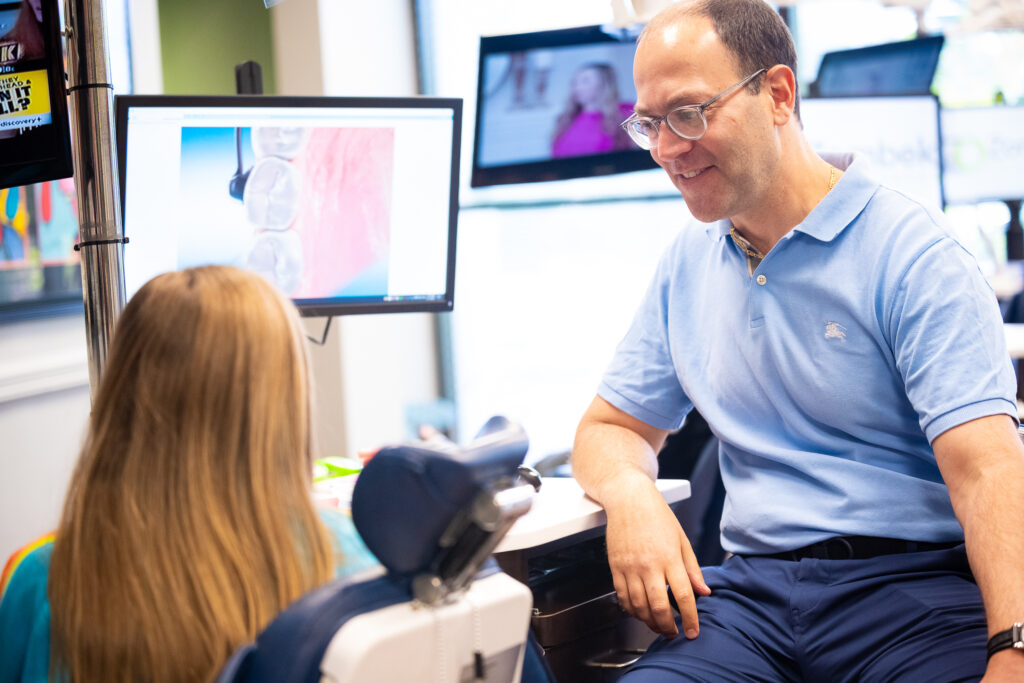
There are three main types of orthodontic spacers: the lower lingual holding arch (LLHA), the Nance appliance, and the trans palatal arch (TPA).
The LLHA is a fixed appliance made up of two stainless still bands that wrap around the first molars on the lower teeth. The bands are bonded to the molars, and a wire runs along the back and inside of the lower teeth. Unlike braces or retainers, this wire doesn’t put pressure on the teeth. These devices are custom-made to fit your child’s teeth.
The purpose of this device is to keep the lower molars from shifting forward. Shifting molars would keep permanent teeth from coming in correctly. This appliance ensures that the permanent teeth have plenty of room to erupt.
The LLHA appliance is often used when the child loses their baby teeth too early or when the teeth show signs of crowding. The device stays in until the permanent teeth are all in.
The device can also be used to hold molars in their proper places while the other teeth come in and support the molars if they are loosened by gum disease or genetic issues. The device can also reduce the additional space left when the baby teeth fall out because baby molars are longer than permanent molars, but there needs to be space for a second premolar, which baby teeth don’t have.
The Nance orthodontic appliance is very similar to the LLHA, but it fits on the upper teeth instead of the lower teeth. Like the LLHA, the Nance Arch is custom-made for the child’s mouth and palate.
The Nance Arch generally serves the same purpose as the LLHA but is a bit different. Instead of a stainless steel wire running around the back of the teeth, two wires coming from the molar bands on each side of the mouth run to an acrylic button that rests on the palate behind the front teeth. This button holds the molars in place without pressure.
Because of the acrylic button, your child may have trouble speaking normally for a few days until they get used to the device. Once their tongue has gotten used to the device on the roof of the mouth, your child should lose any lisp or speech impediment caused by the device.
What is a TPA in orthodontics? The Transpalatal Arch attaches to the upper molars with a wire that stretches between the bands instead of around the inside of the teeth. The wire and bands maintain the width of the palate, ensuring the dental arch is wide enough for all of the permanent teeth to come in correctly.
The TPA appliance is often used during Phase I of two-phase braces treatment. Phase I and Phase II braces are used with children to stave off more severe dental issues. Phase I is used to prepare the mouth for braces in Phase II. That preparation includes widening the palate or stabilizing the teeth as they erupt.
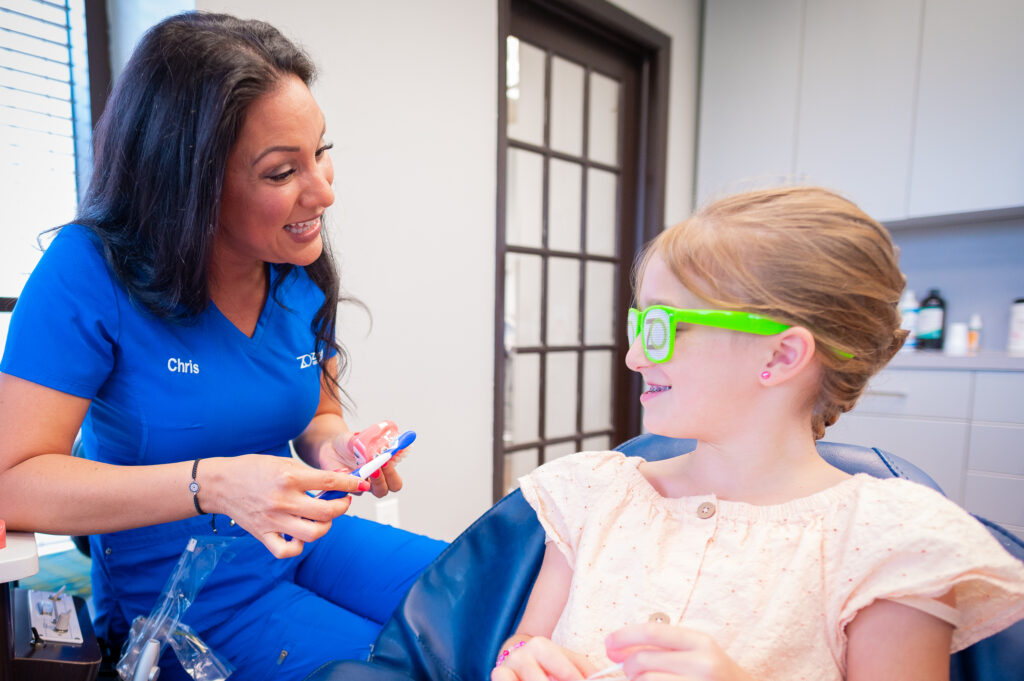
Your child will need to make a few changes to their diet and how they brush and floss their teeth once a space maintainer is placed. Here are a few tips to help your child with their space maintainer.
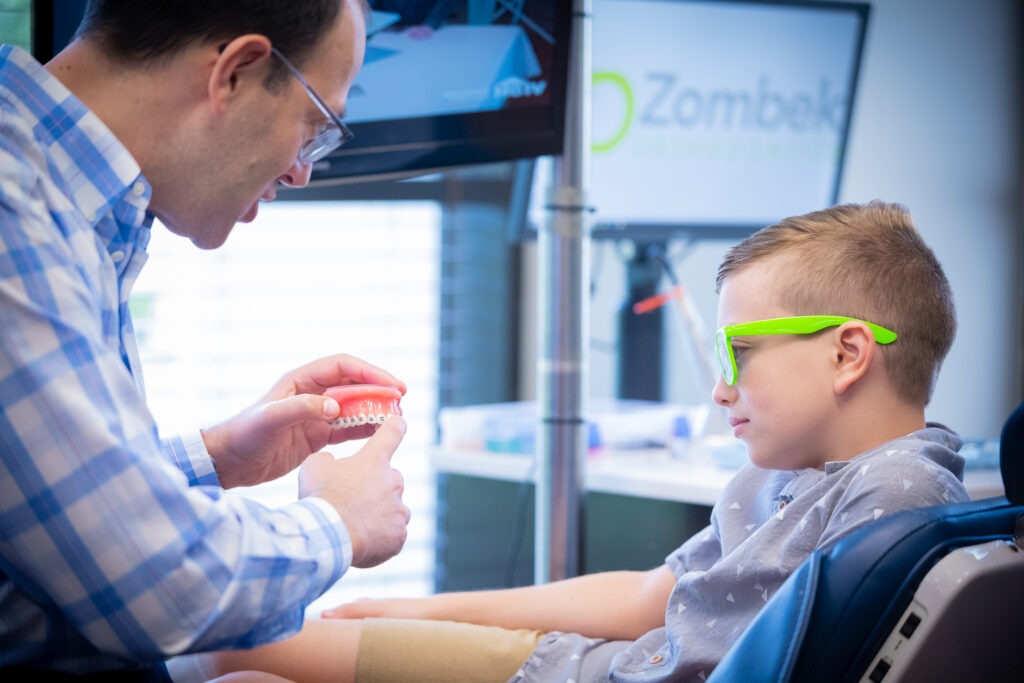
Space maintainers aren’t necessary for every patient. We will be able to tell you during your first visit whether your child will need any space maintainers for their orthodontic treatment.
Space maintainers can help keep your child’s orthodontic issues from getting worse. These devices help keep your child’s teeth from becoming overcrowded and crooked. Sometimes, the space maintainers work well enough that your child doesn’t need braces later or only needs braces for a short time.
Will space maintainers help your child? You can learn about space maintainers in Weston, FL, or Hollywood, FL, by scheduling an appointment with Zombek Orthodontics!
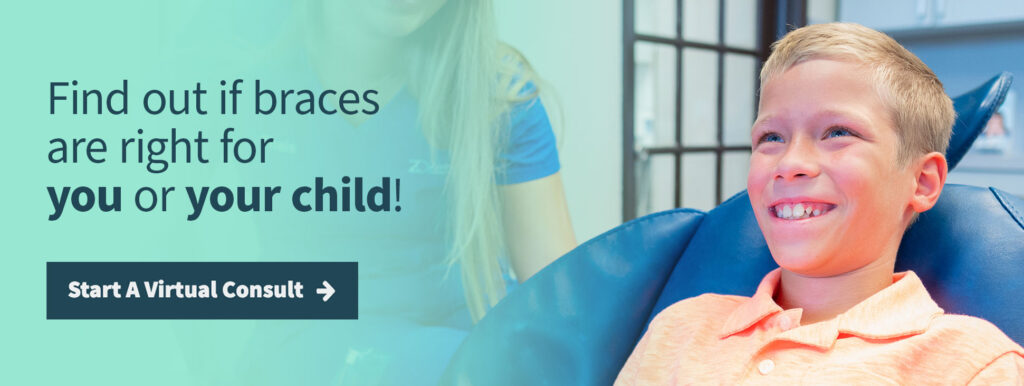
Crowded teeth make it harder to eat and clean your teeth but also harder to smile. Many patients feel self-conscious about their overcrowded teeth. Braces or Invisalign can help fix crowded teeth, but sometimes, the patient needs a palate expander.
What is a palate expander? It’s a special device that widens a narrow jaw, one of the causes of crowded teeth. Zombek Orthodontics uses this orthodontic appliance to create amazing new smiles as part of your treatment plan. How do they work, and how can they help your smile?

A palate expander is an orthodontic expander that widens the roof of your mouth — or palate — which widens the dental arch of your jaw.
Some people are born with a narrow palate and arch, which doesn’t leave enough room for teeth to erupt. Their upper jaw needs to be widened to create more space for their teeth.
The palate is split down the middle and fuses together as you age. Children still have unfused palates, which makes it easier to use palate expanders for kids. However, adult palate expansion is possible, too, even though it may take slightly longer.
There are three main types of palate expanders.
Zombek Orthodontics primarily uses RPEs, which have proven tried-and-true methods of expanding palates. The type of expander used will depend on the severity of the case.
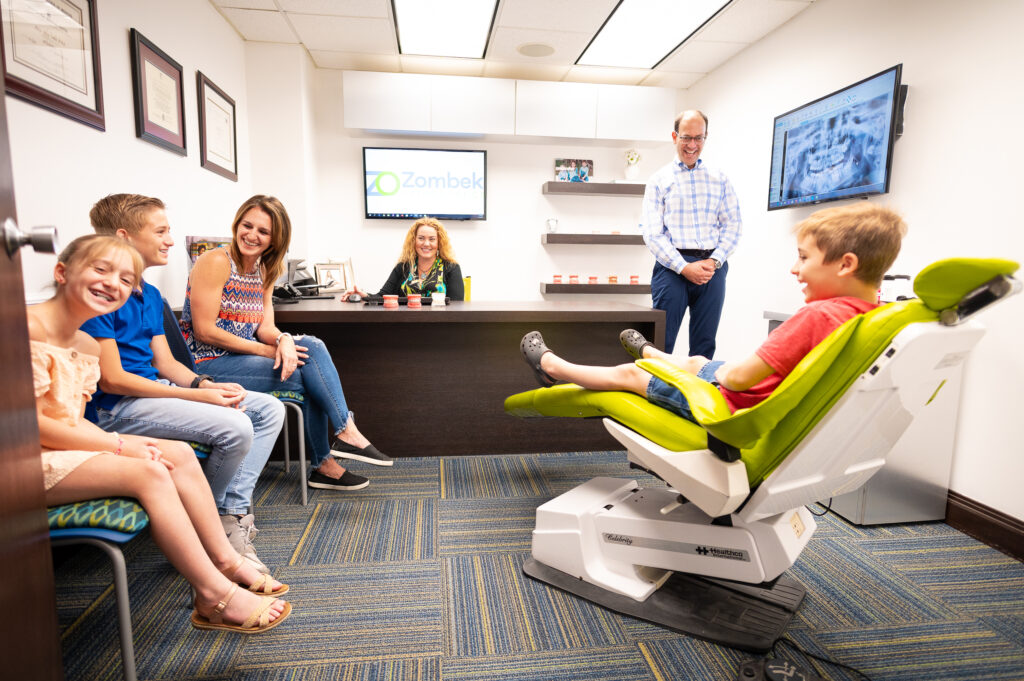
The palate expander attaches to the back teeth (molars) and applies gentle pressure against those teeth. The center part rests against the roof of your mouth.
The device is adjusted daily by turning a specialized key. A little more pressure is applied daily when you adjust the palate expander with that key.
The key is a plastic handle and metal wire that fits into a hole in the center of the RPE. You turn the key, which pushes the wires out a little more, then remove the key. This is done once a day.
The expansion is usually completed in 3-6 weeks, but you will wear the expander for up to six months to give the bones time to heal and harden.
You will feel some discomfort when you first get the palate expander. Your teeth and gums may be sore for a few days. You may also feel discomfort after adjusting your teeth expander by turning the key.
This should only last a few days. After that, your mouth will become used to the expander, and you shouldn’t have any more pain.
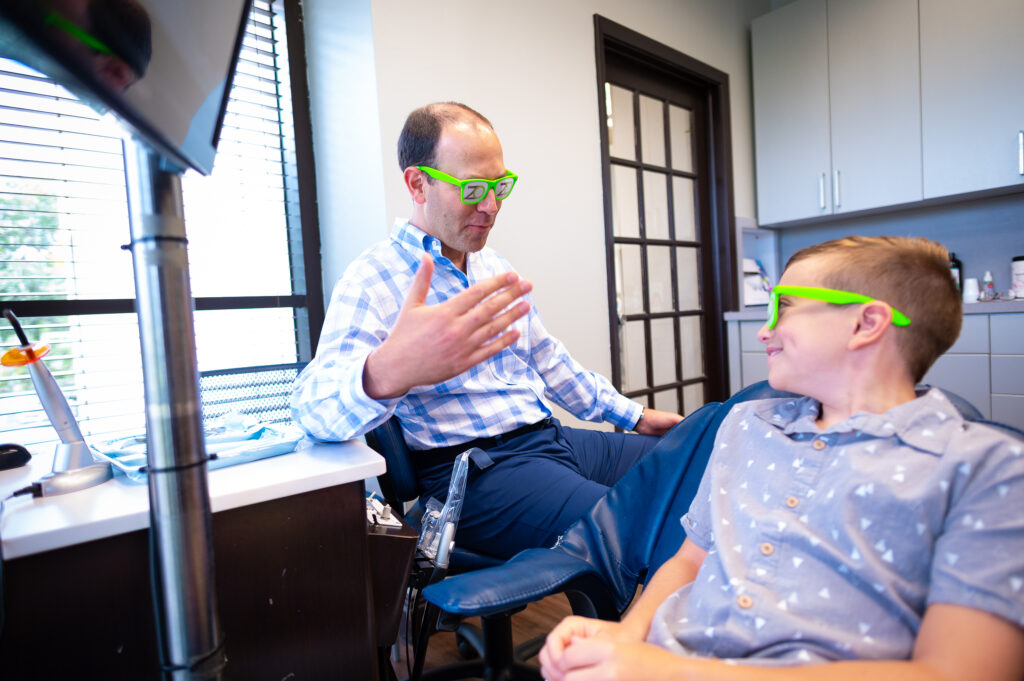
Does a mouth expander work on patients of any age? It’s a bit easier for younger patients, but palate expanders for adults function just as well.
Ideally, the earlier any orthodontic treatment is done, the easier it is to do. The American Association of Orthodontics recommends a child consult with an orthodontist by age 7. X-rays, digital images, and an examination will show if the teeth and jaws are developing correctly or if the child will have orthodontic issues.
Children with narrow palates may undergo two-phase braces. The first phase will involve preparing the mouth for braces later. This is usually when we place a palate expander in the child’s mouth.
Once most of the permanent teeth are in by ages 11-13, we will start Phase II braces and straighten the teeth and bite.
Adults can get a palate expander anytime, but it will take longer to do its job. Adults usually wear them from 6-12 months. Once the bone is fused and strong, they can begin treatment with braces or Invisalign.
Palate expanders do more than change the shape of your palate. They change the shape of your face, as will your braces treatment.
Here are a few examples of patients before and after palate expanders.
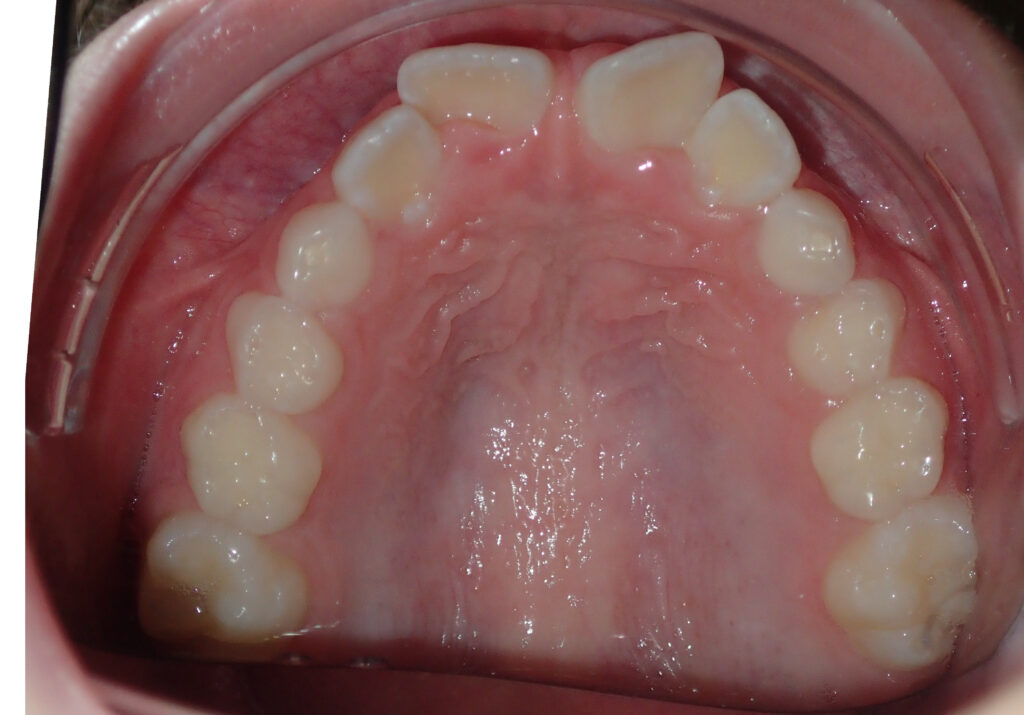
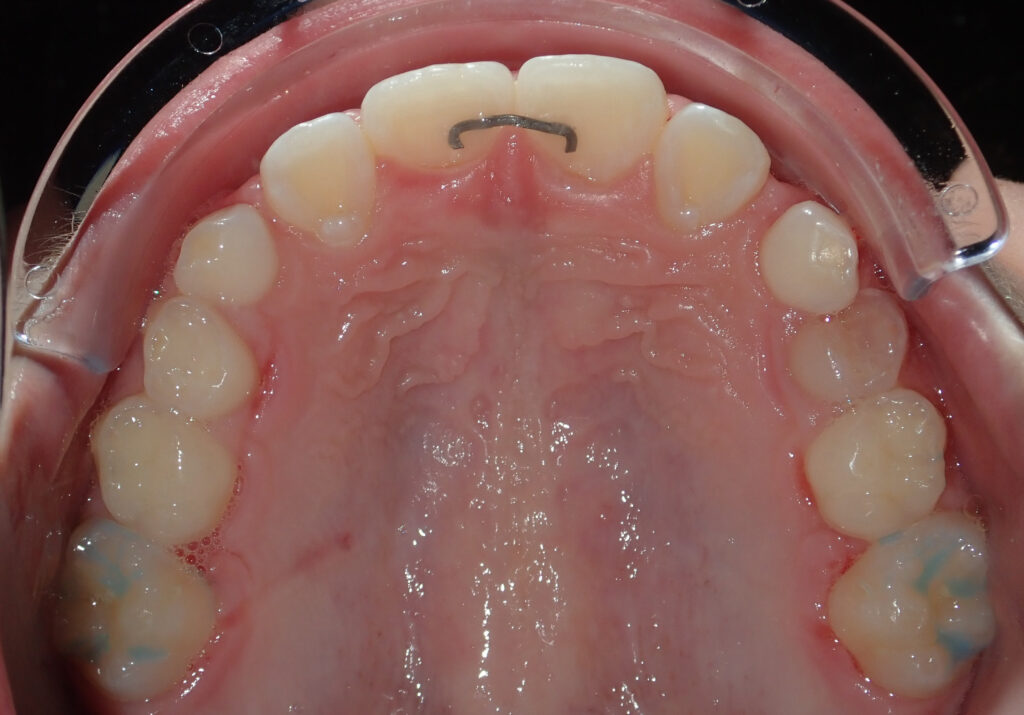
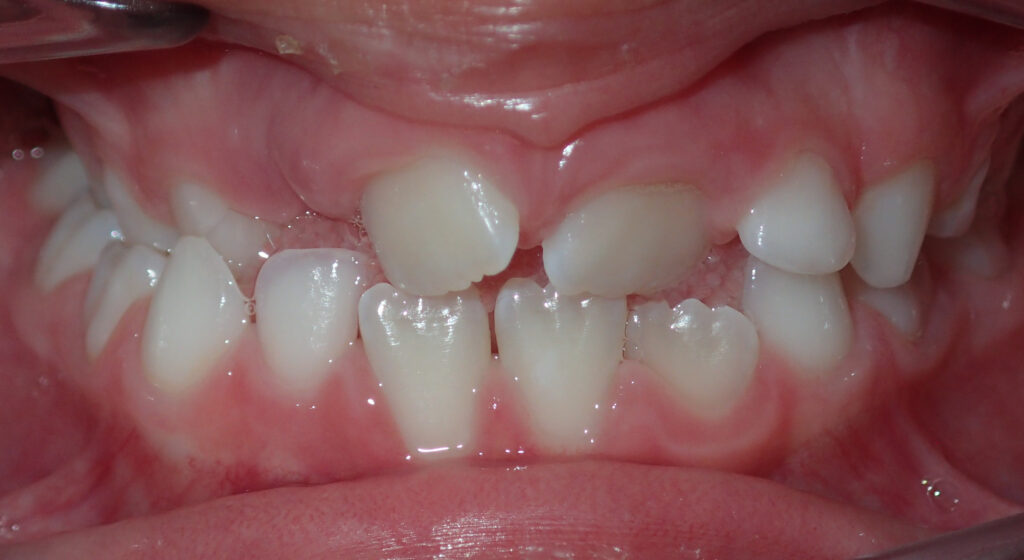
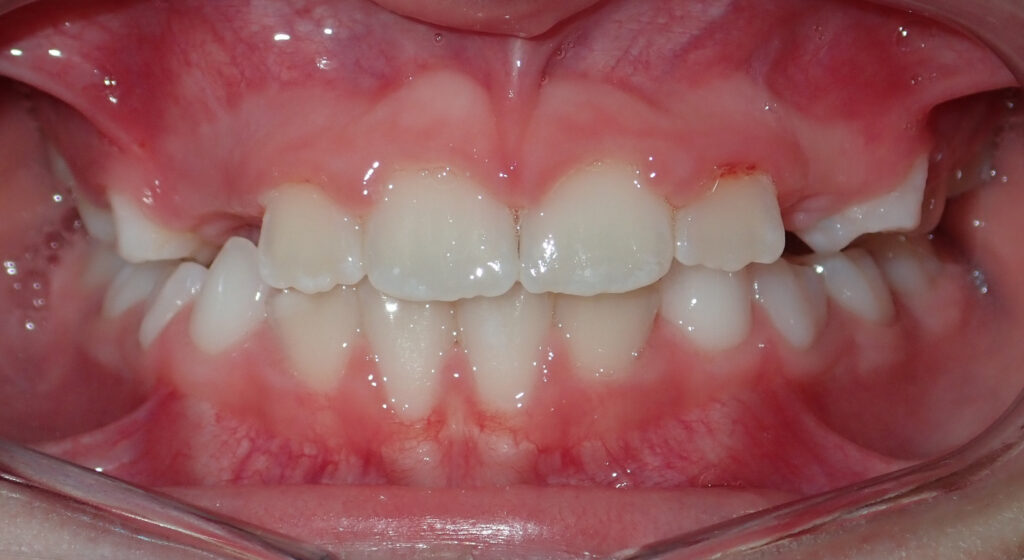
Palate expanders are one of several tools we use to give you the best smile possible. Not every patient needs one. We will thoroughly examine you during your first visit and determine whether you need one.
Schedule an appointment with Dr. Zombek at Zombek Orthodontics if you’re in the Weston, FL, and Hollywood, FL, areas for orthodontic treatment. Our goal is to help you get the smile of your dreams!
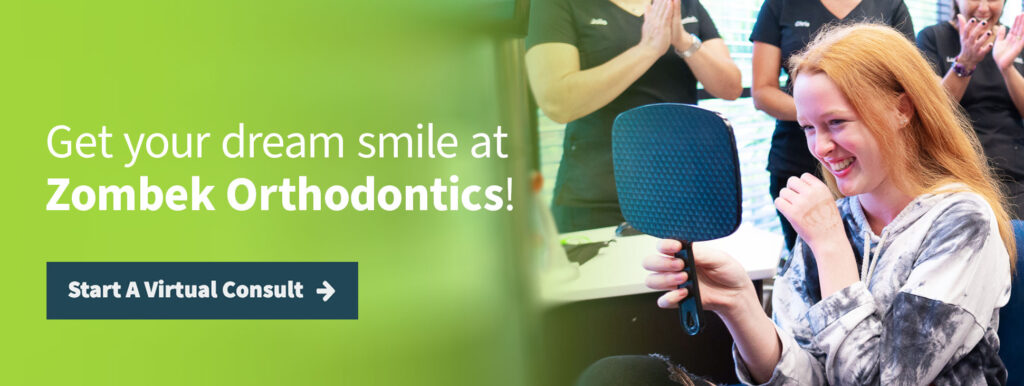
 This site’s strategy, design, photo & video were created by the marginally-above-average folks @ Clear Partnering Group.
This site’s strategy, design, photo & video were created by the marginally-above-average folks @ Clear Partnering Group.